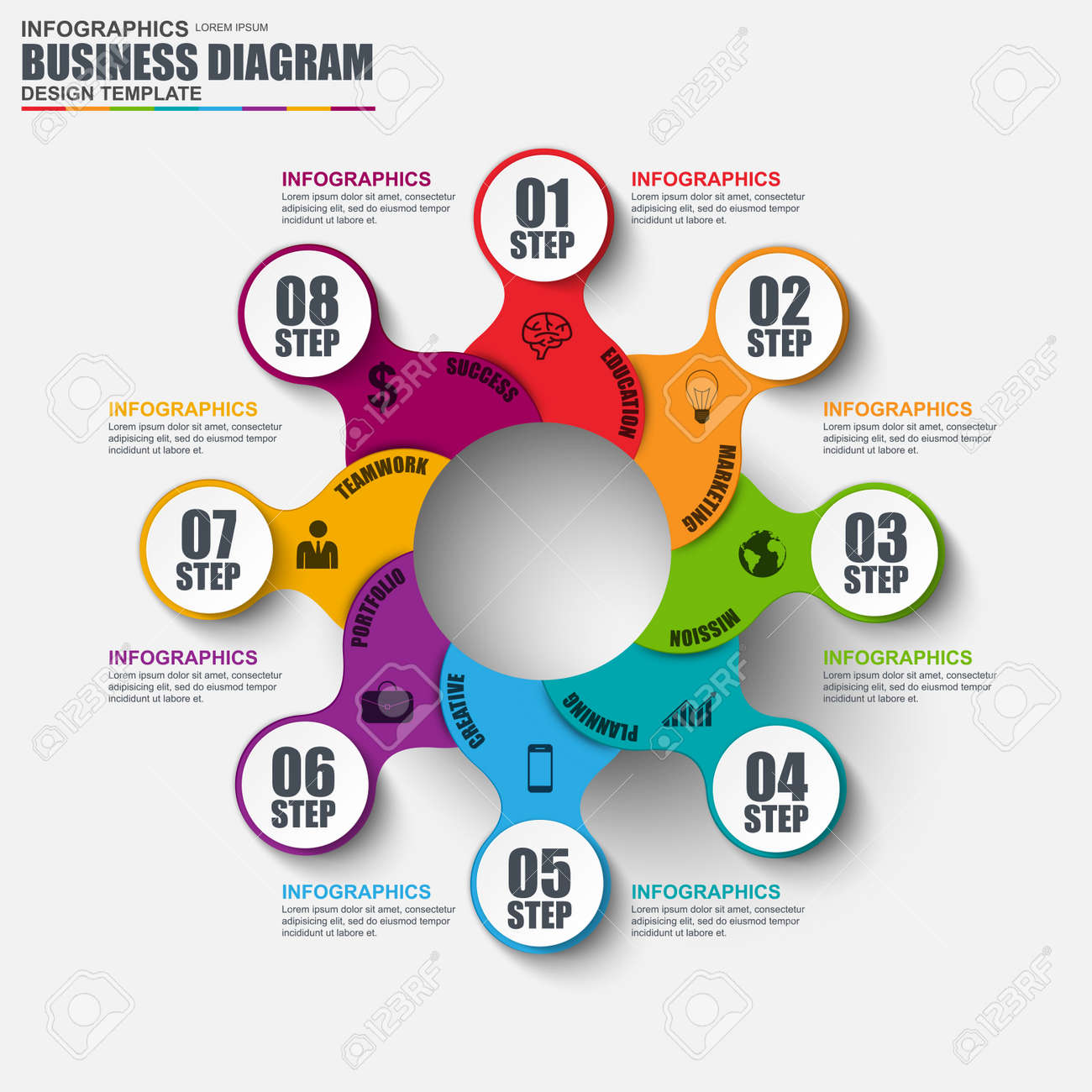Harnessing The Power Of Visual Power Structure In Site Design
Harnessing The Power Of Visual Power Structure In Site Design
Blog Article
Material Develop By-McCleary Rogers
Imagine an internet site where every aspect competes for your attention, leaving you really feeling bewildered and not sure of where to concentrate.
Now image a web site where each aspect is very carefully organized, guiding your eyes effortlessly with the page, supplying a seamless individual experience.
The difference depends on the power of visual pecking order in site style. By tactically organizing and focusing on aspects on a page, designers can produce a clear and intuitive course for customers to adhere to, inevitably improving interaction and driving conversions.
However how precisely can you harness this power? Join https://www.prnewsonline.com/SEO-Google-leads-Landis as we check out the principles and techniques behind effective visual power structure, and find how you can boost your site style to new heights.
Comprehending Visual Pecking Order in Website Design
To successfully communicate info and overview individuals through a website, it's important to recognize the concept of aesthetic hierarchy in website design.
Aesthetic pecking order refers to the arrangement and company of aspects on a webpage to emphasize their relevance and develop a clear and user-friendly user experience. By developing a clear aesthetic power structure, you can route users' interest to one of the most essential information or actions on the page, improving functionality and interaction.
This can be achieved through various style techniques, including the strategic use dimension, shade, contrast, and placement of elements. For example, bigger and bolder aspects normally attract more attention, while contrasting shades can develop aesthetic contrast and draw focus.
Concepts for Efficient Visual Pecking Order
Understanding the concepts for effective visual hierarchy is necessary in producing a straightforward and interesting website layout. By adhering to these principles, you can make sure that your web site successfully connects information to individuals and overviews their focus to the most important components.
One principle is to utilize size and scale to establish a clear aesthetic power structure. By making crucial aspects bigger and much more popular, you can draw attention to them and guide users through the material.
Another principle is to use comparison properly. By utilizing contrasting web page optimization , font styles, and forms, you can produce visual distinction and emphasize essential info.
Additionally, the principle of proximity suggests that relevant components need to be grouped with each other to visually connect them and make the website much more arranged and very easy to browse.
Implementing Visual Hierarchy in Website Layout
To apply aesthetic pecking order in website style, prioritize important components by readjusting their size, color, and placement on the web page.
By making key elements bigger and more prominent, they'll normally draw the individual's attention.
Use contrasting shades to develop aesthetic comparison and stress vital info. For instance, you can utilize a bold or vivid color for headlines or call-to-action switches.
Furthermore, take into consideration the setting of each component on the web page. Place essential components at the top or in the center, as individuals often tend to concentrate on these areas initially.
Conclusion
So, there you have it. responsive web page is like the conductor of a symphony, guiding your eyes via the web site design with skill and style.
It's the secret sauce that makes an internet site pop and sizzle. Without it, your layout is simply a jumbled mess of arbitrary aspects.
But with aesthetic pecking order, you can create a work of art that gets hold of interest, communicates effectively, and leaves a long lasting perception.
So leave, my friend, and harness the power of aesthetic power structure in your site style. Your target market will thank you.
